When artist Abdulasis “Aziz” Osman arrived in Minnesota in 1991 as part of the first wave of Somalis to resettle here, he could not afford art supplies.
So he fashioned canvas out of old cereal boxes — painting vivid scenes of the people and land he left behind directly onto the cardboard.
He sold many of his cereal box paintings. A few he kept, including one in a gilded frame displayed prominently in his Columbia Heights home.
“When you don’t have money, you have to be creative,” the acclaimed painter and potter explained with a grin.
Survival is a recurring theme in Osman’s art and in his life.
He escaped death by a firing squad during the civil war that ravaged his native Somalia. He struggled to start over in Minnesota — toiling for years as a parking lot attendant while continuing to create art. Even now, at 67, he is fighting for survival — cultural survival. He paints the pictures of a place and time he remembers, so that no one will forget.


He’s focused on teaching Somali-American youths about their roots.
“I want to remind these kids where they come from, to tell them: You have a lot of treasure,” said the artist, an avuncular figure with graying hair at the temples and a pensive look.
His oil and acrylic paintings — signed simply “Aziz” — have adorned community spaces across Minneapolis, from Hennepin County Medical Center to the Thrivent Financial building downtown to the African Development Center in Cedar-Riverside. At the Midtown Global Market, a mural he created with fellow artist Richard Amos decorates a large wall.
“He is one of the best Somali artists,” said Osman Ali, founder of the Somali Cultural Museum in Minneapolis, where 20 Aziz paintings are part of the permanent collection. “He is well-known in Somalia and in the diaspora also.”
Last summer at the fourth annual Somali Entertainment Awards at the Cedar Cultural Center, Aziz Osman was named best professional artist.
Influenced by Italian painters from the 1500s and 1800s, he paints traditional landscapes and portraits, as well as bold abstracts in geometrical shapes.
One of his best known paintings is a colorful abstract titled “Civil War.”
Like a puzzle, its meaning is hidden in the jagged, overlapping shapes. Standing in front of the painting, he explains that there are two girls standing behind their mother. It is a scene he saw many times during the war.
“They are preparing to go,” he said. “I see a lot of people in their houses and they have to go. They live all their lives in that house.”
Another painting, called “Knowledge,” shows girls with books. They are still learning despite the chaos of war around them, he said.
“I try to focus always on the girls. Because the men, they are the ones who started the civil war,” he said.
He spends his days painting in his studio in the basement of his suburban rambler.
When he’s working on something, he is the picture of patience, said his wife, Fatuma Elmi.
“Sometimes for one painting, he will do it in a couple days,” she said. “Sometimes he will take four or five months to do the details.”
Becoming Aziz
One of seven children, Osman grew up in Mogadishu and enjoyed an aristocratic upbringing. His father, Dahir Haji Osman, was one of the 13 founders of the Somali Youth League — a political party that was pivotal in establishing Somalia’s independence from colonial forces in 1960.
In school, Aziz Osman was always drawing — slyly sketching portraits of his classmates and teachers.
He left Somalia for Italy to study architecture. There, he started painting with oils and discovered his true passion. He honed his skills at the Academy of Fine Arts in Florence, and after graduating in 1975, he began displaying his work all over Europe, traveling to shows in a camper crammed with his paintings and personal belongings.
Despite his love for adventure, he felt the pull of home and returned to Somalia. Soon afterward, the war started, and he found himself on a new journey — to the U.S. for a new beginning. At first, he painted scenes from Somalia to cure his homesickness. “It helped me to say, ‘You are not far from Somalia. It’s in your house.’ ”
Intimate scenes of the country before the war depict children playing, nomadic women walking with their goats, men and women joyously dancing. His favorite painting portrays an older Somali couple sitting and talking together.
Of course, there are some memories of Somalia he wishes he could forget.
Like that time he faced the firing squad.
He had returned to Mogadishu from Italy and was with his brothers at the family home when a group of armed rebels forced their way inside. Pointing guns at Aziz and his brothers, the rebels marched them outside toward a large wall.
Aziz overheard the gunmen discussing their plans. “They say, ‘We have to kill these guys,’ ” he recalled.
The rebels tried to blindfold their hostages, but Aziz and his brothers refused. Suddenly, a neighbor came running into the street and shouted at the rebels. The neighbor vouched for Aziz and the others with him, telling the gunmen that the men weren’t working for the government. At last, after an hour of standing in the blazing heat, the insurgents released Aziz and his brothers.
“We have been so lucky,” he said.
Source: http://www.startribune.com
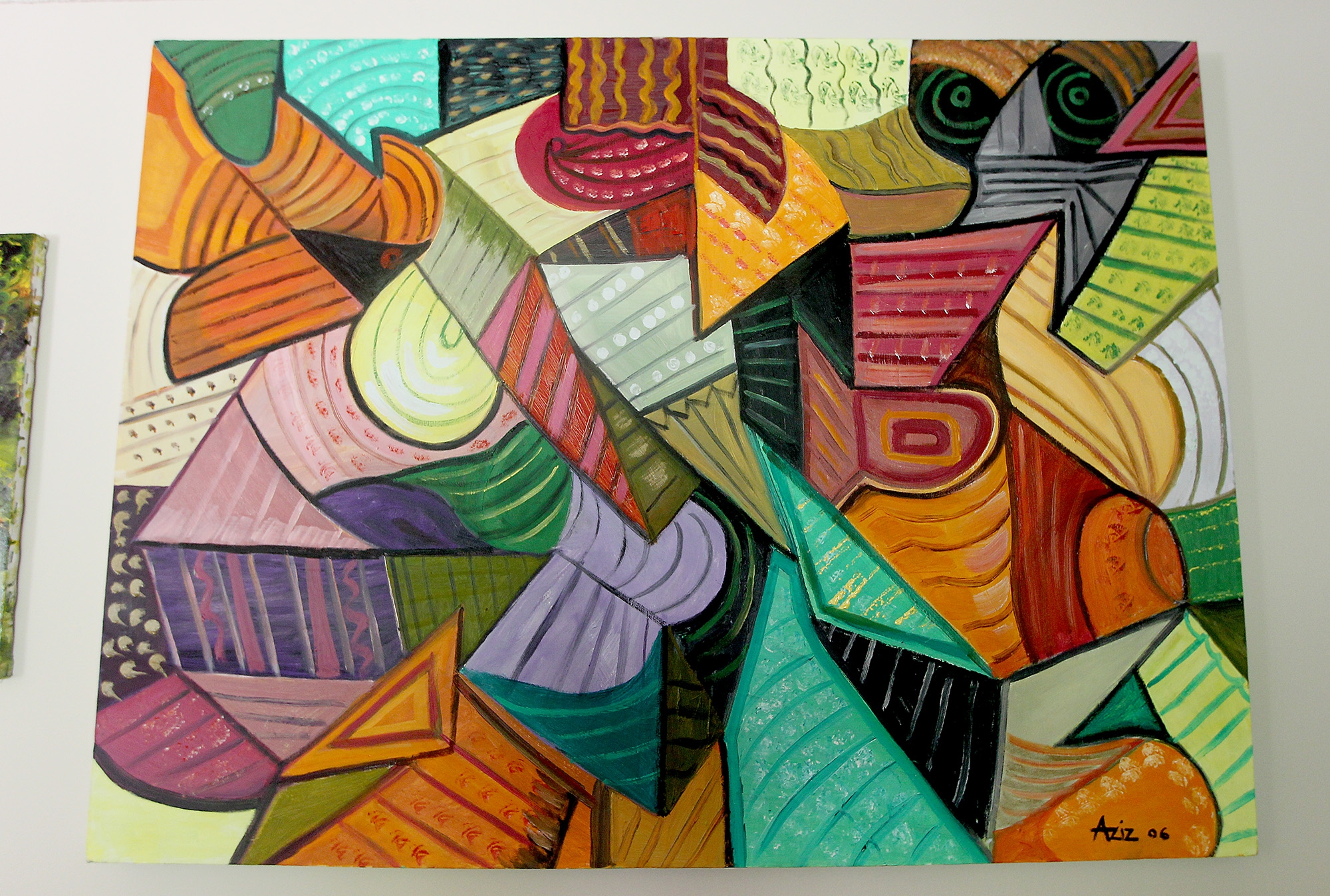
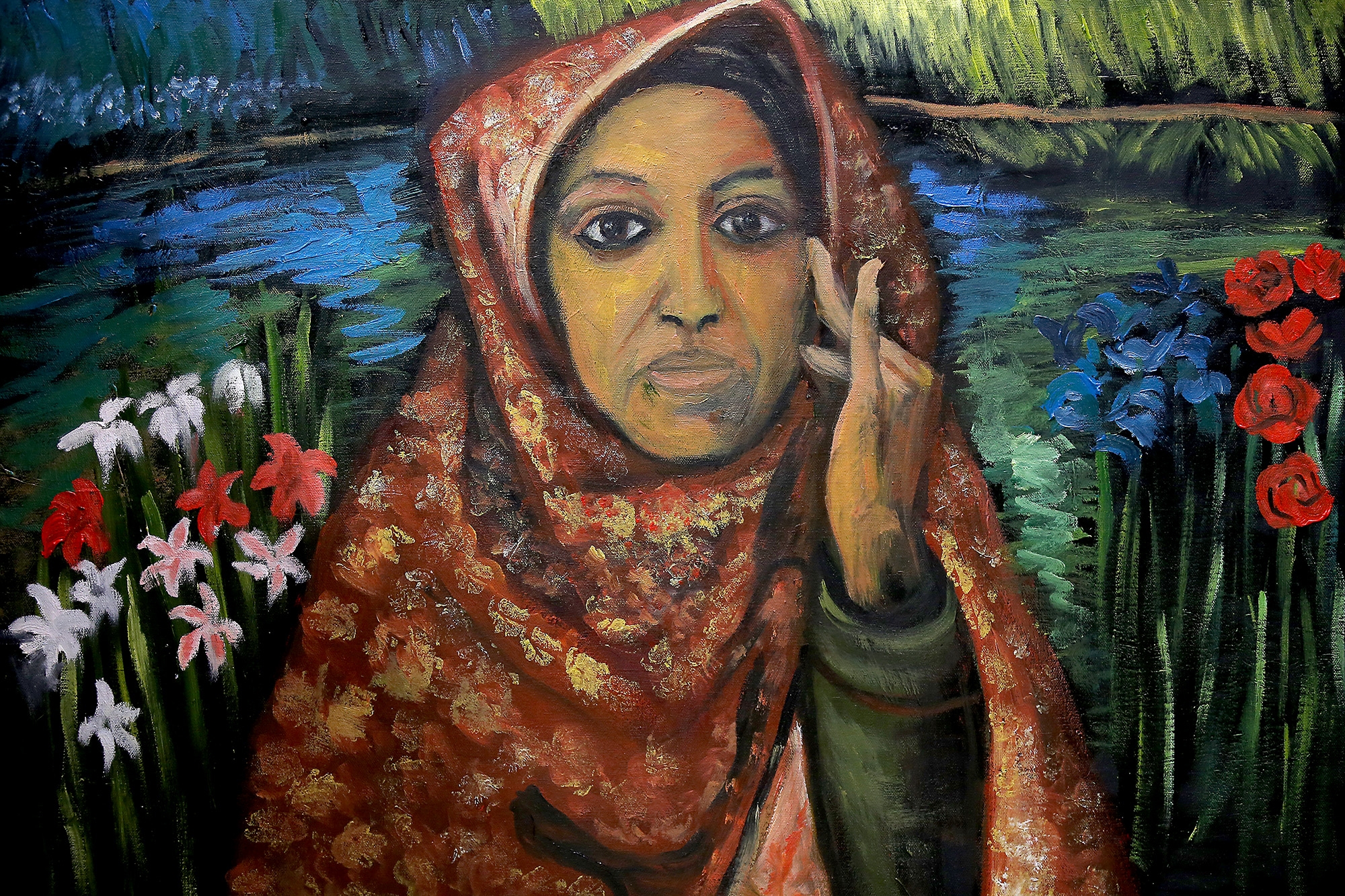
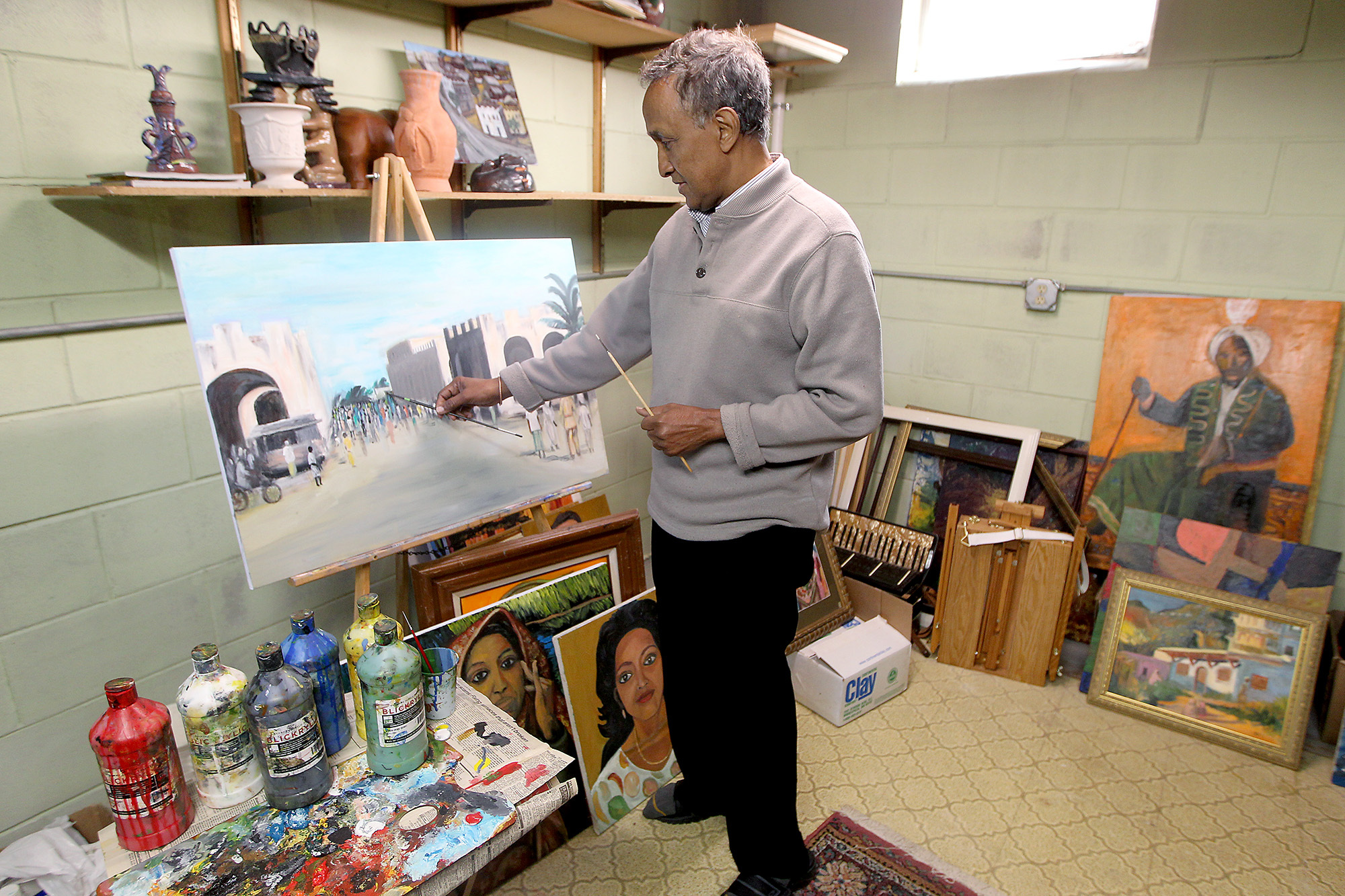
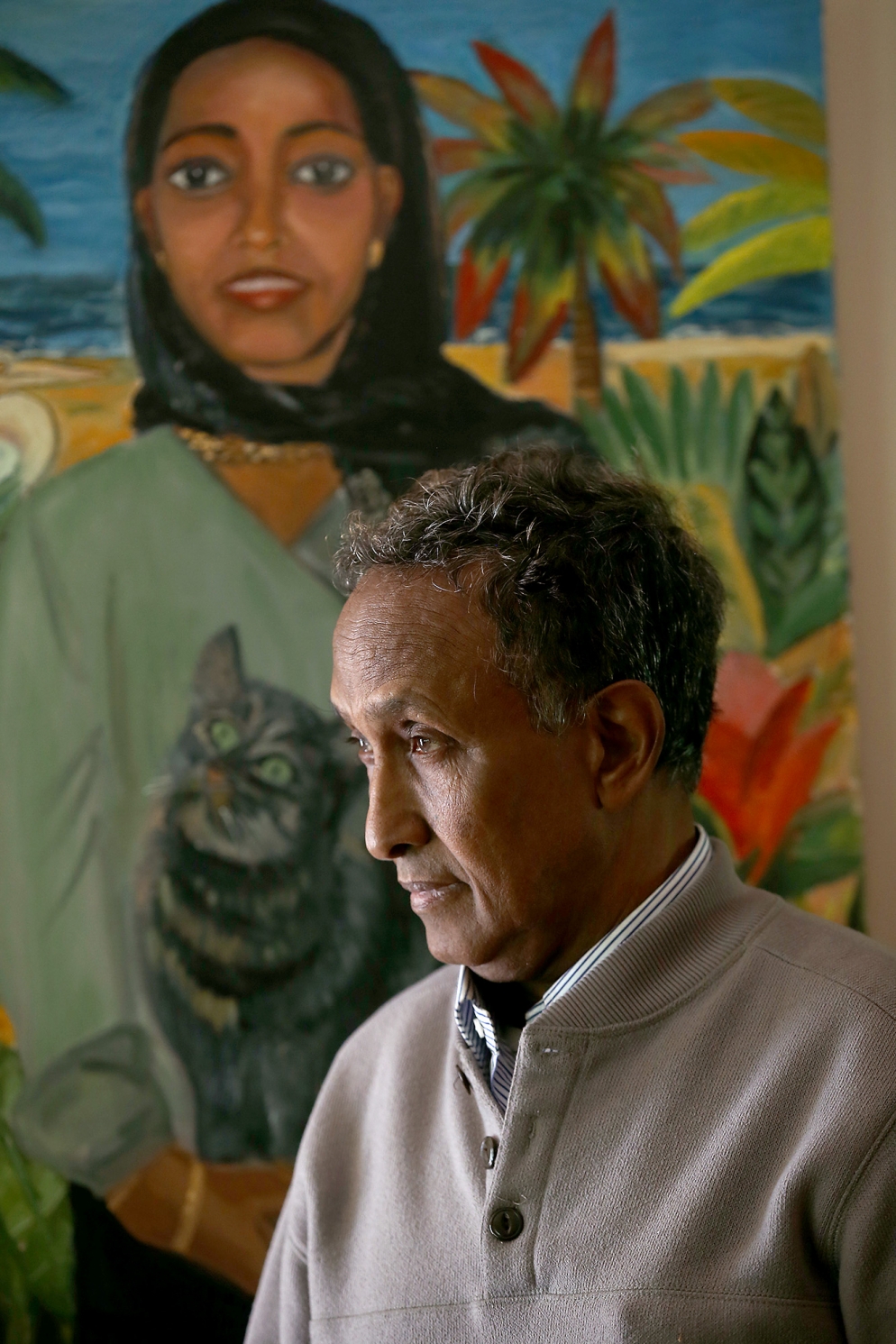
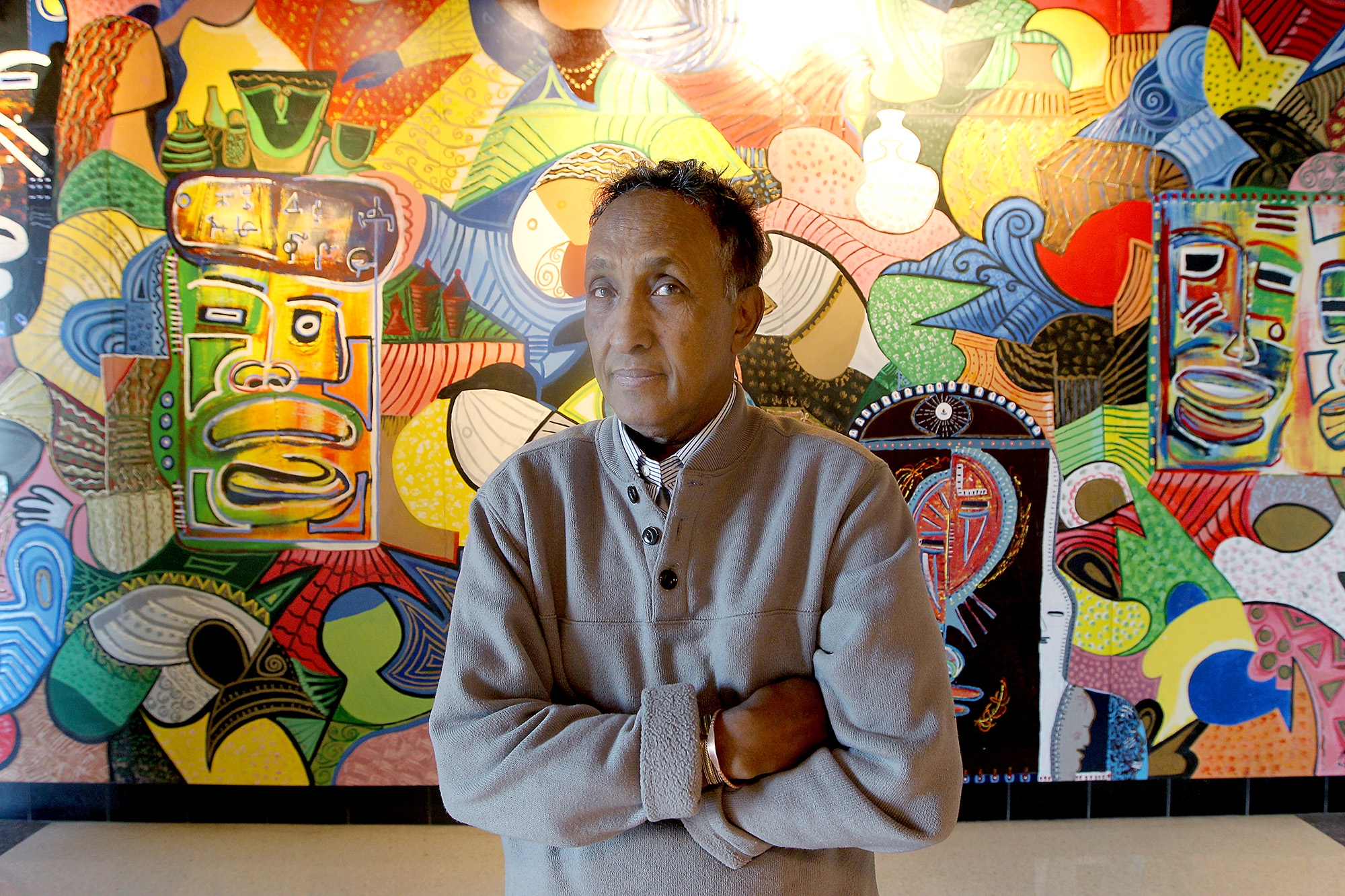
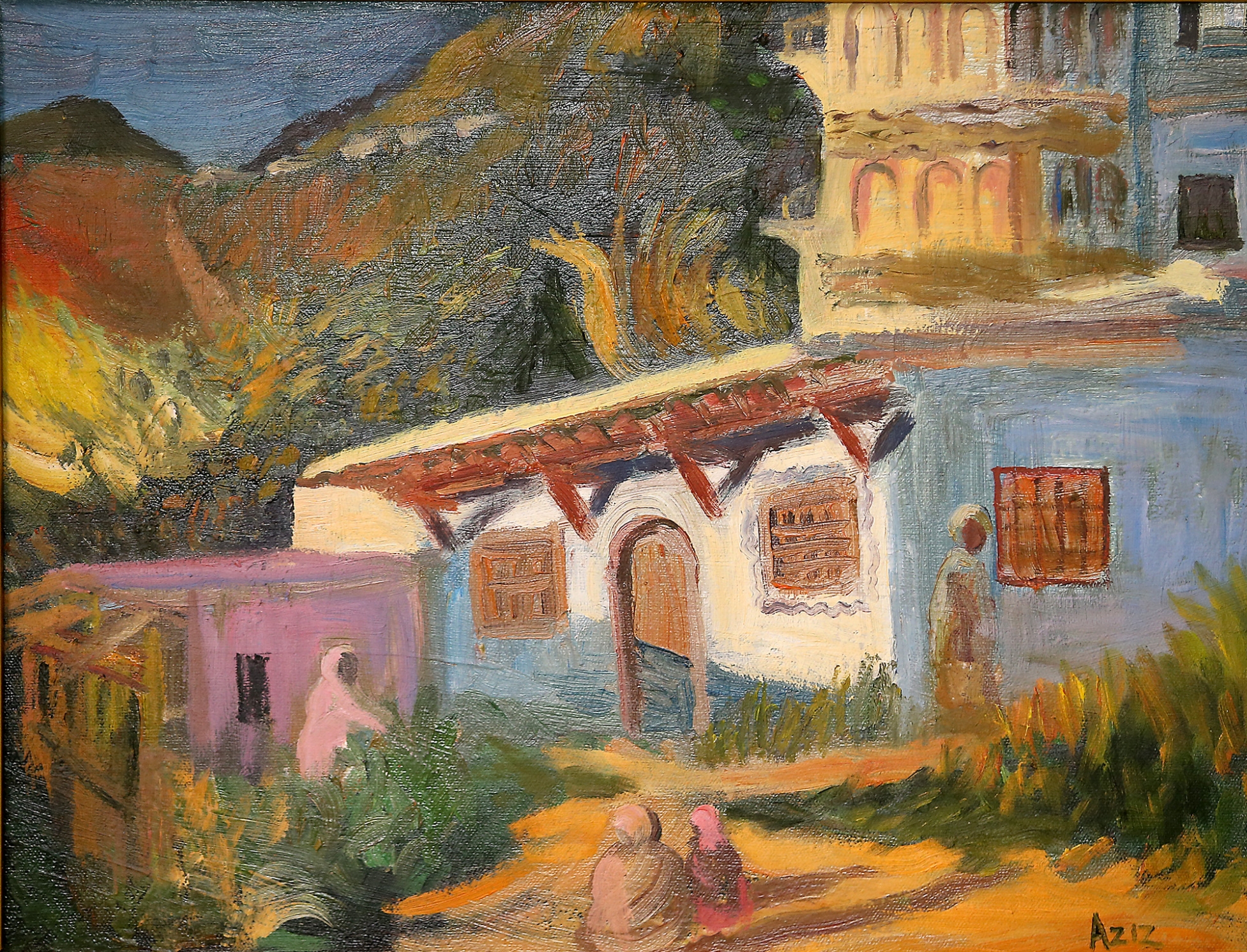
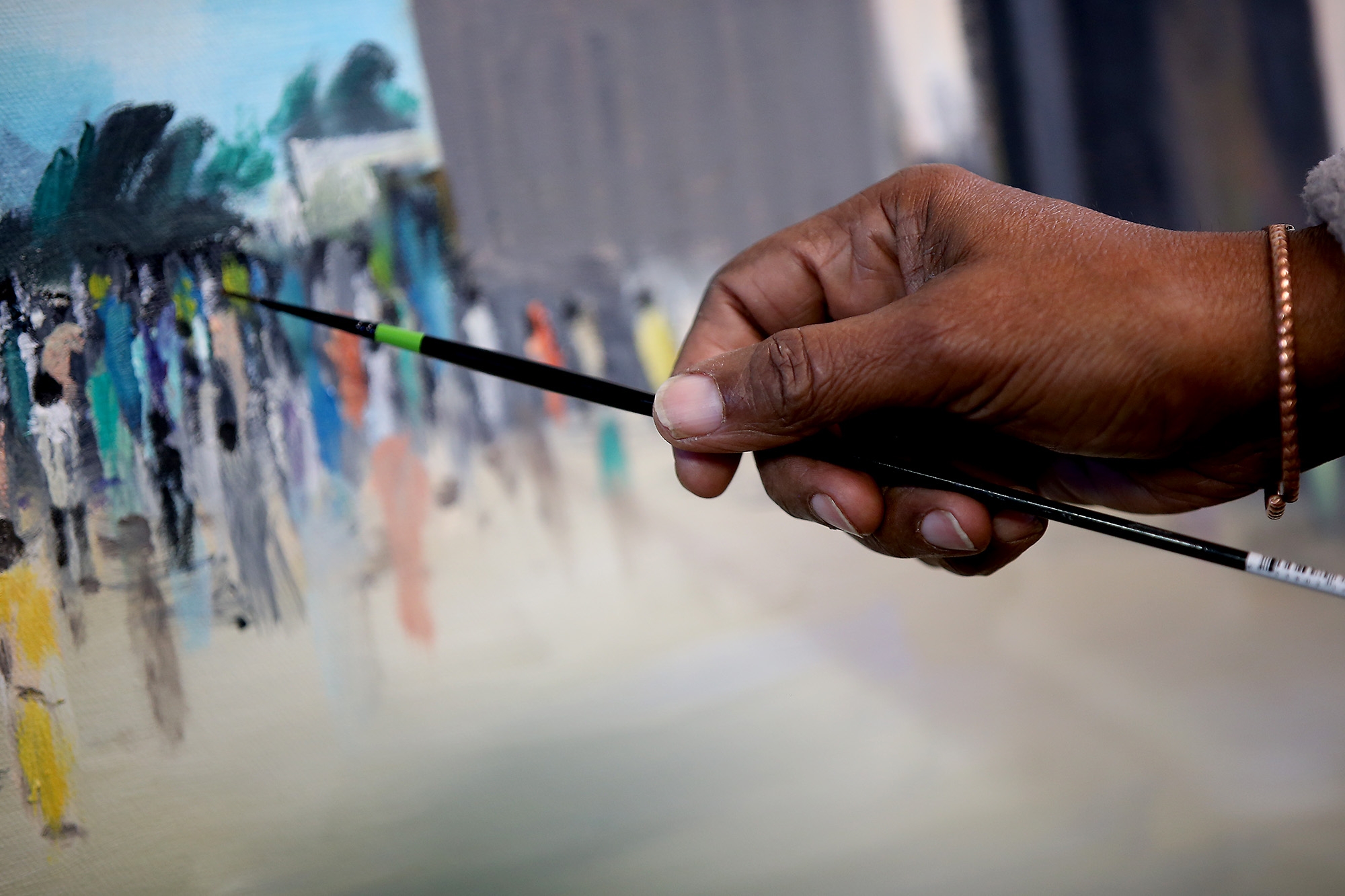
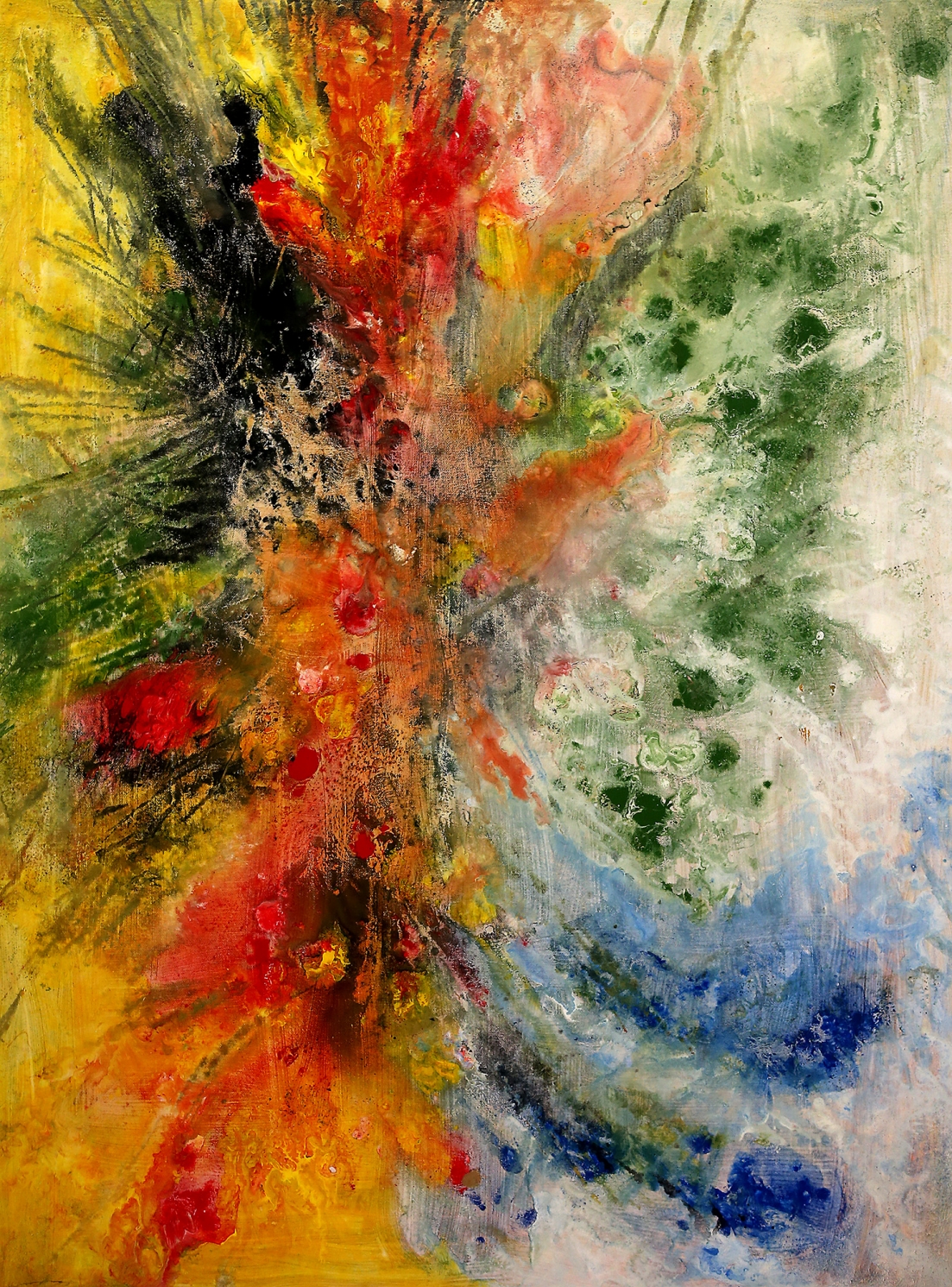
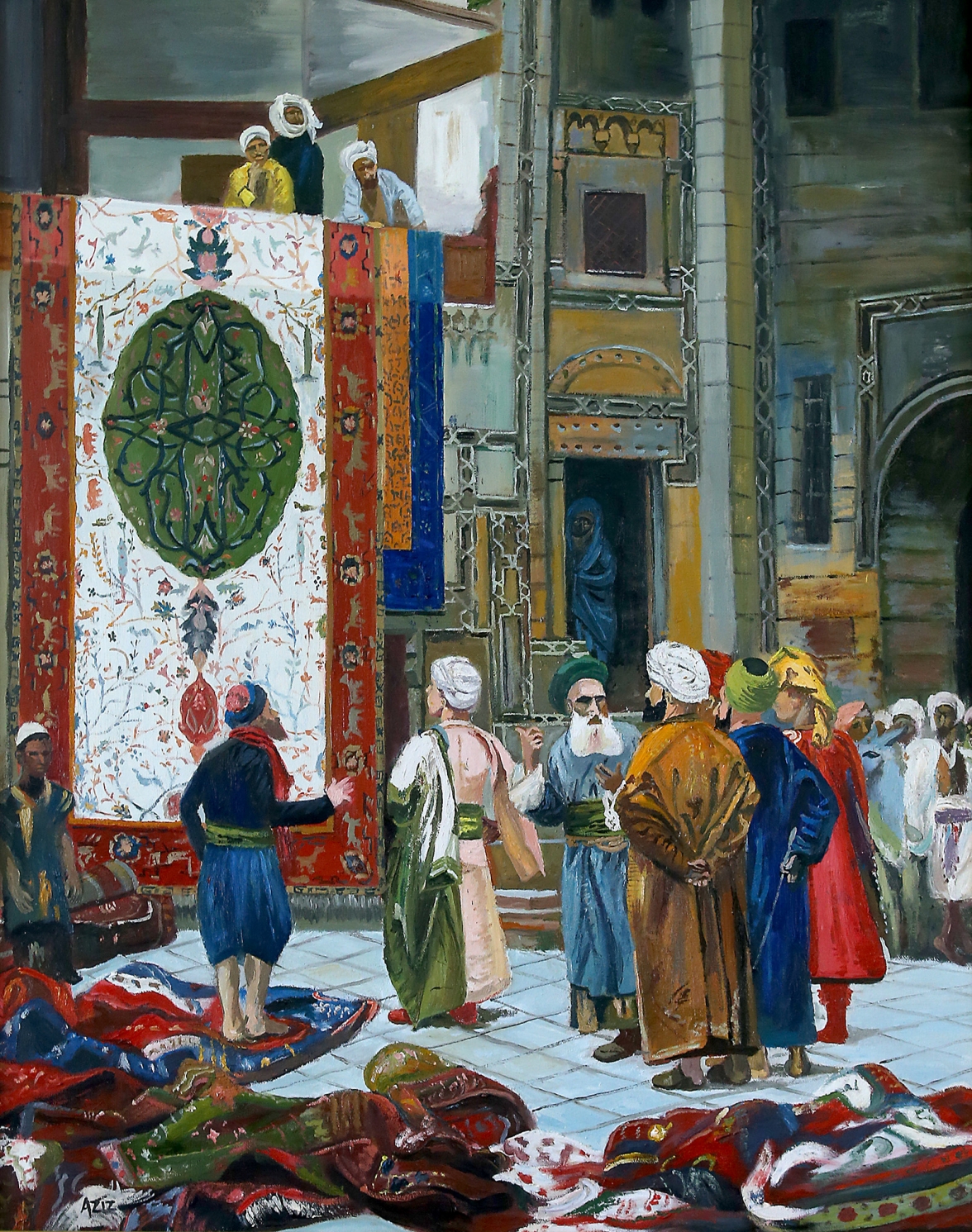
27 Comments
Leave a Reply